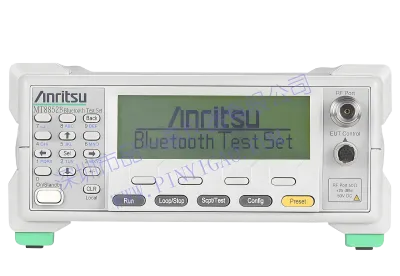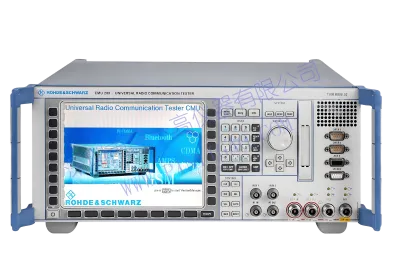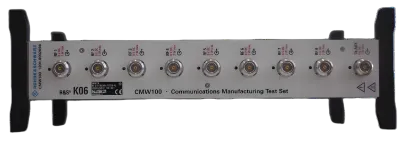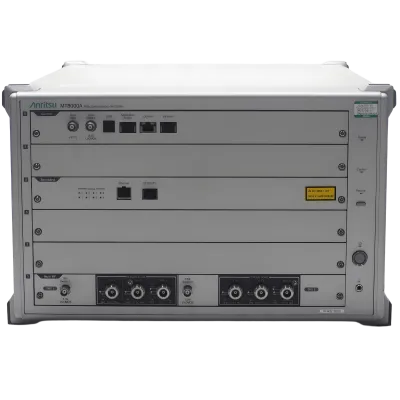
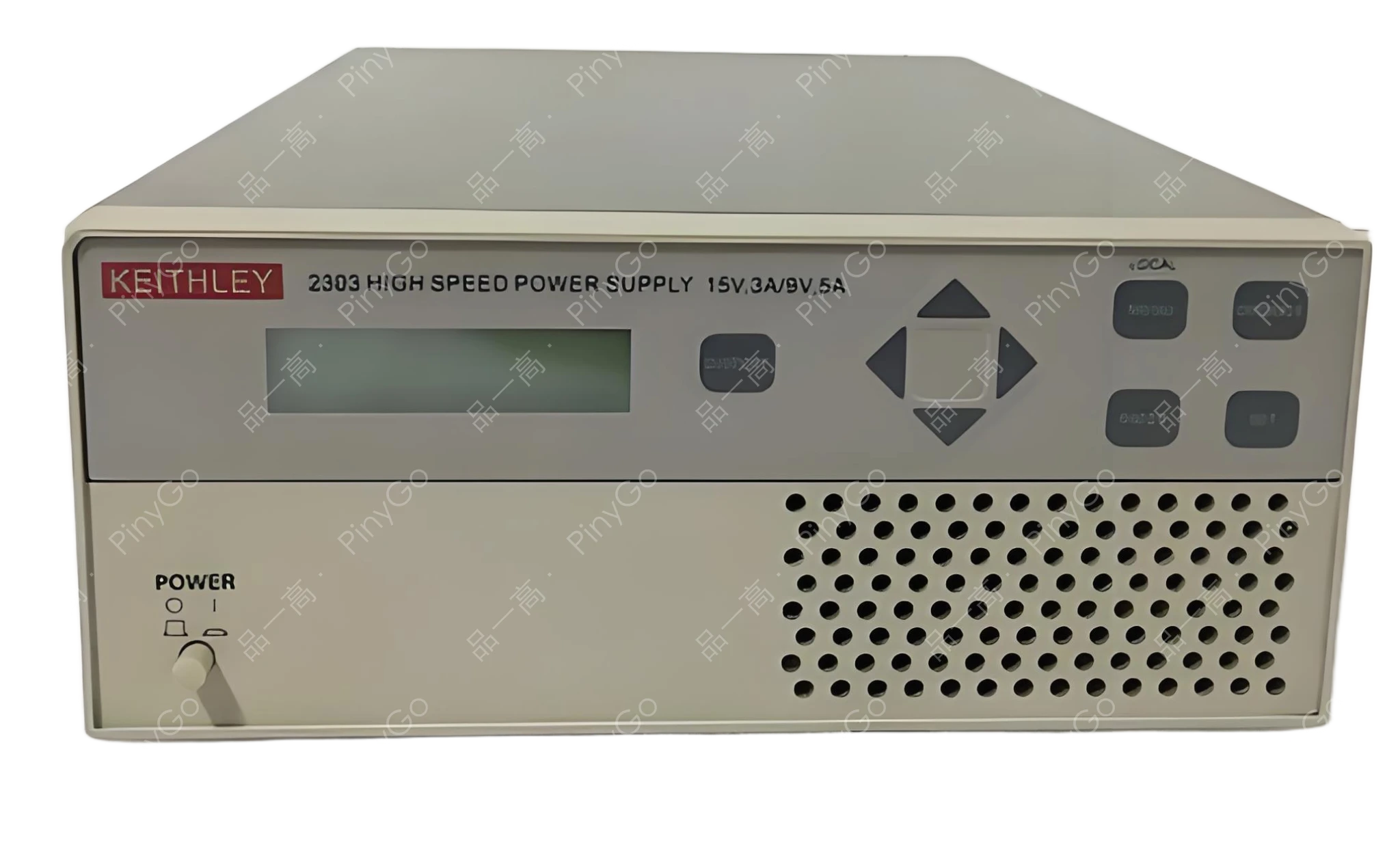
2300 Battery Simulating DC Power Supplies

Manufacturers
Tektronix
Other Recommendations
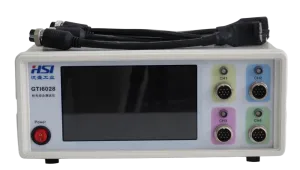
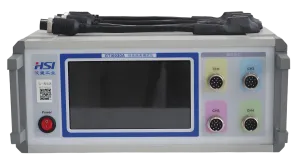

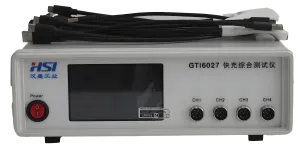

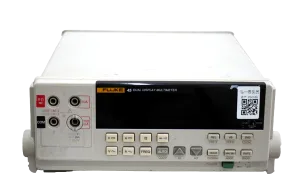


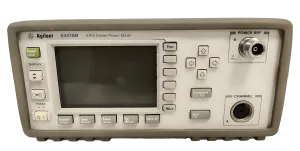
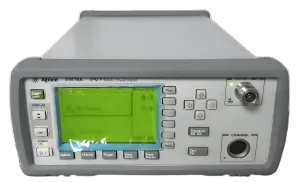
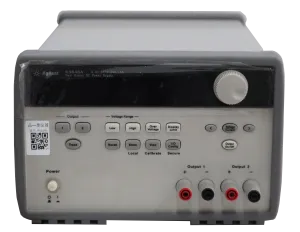

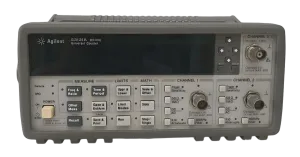
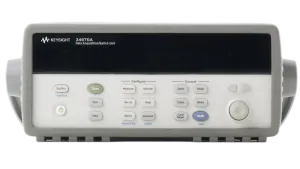

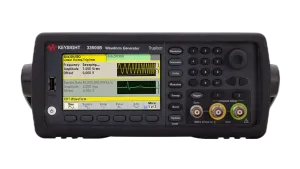
16-bit ADC + 10kHz sampling, with voltage/current readback accuracy up to ±0.02%
📈
Automatic switching between high/low ranges (cited from the brand's technical white paper)
⏱️
Captures 50μs-level transient fluctuations (inferred from measured data of the 2300 series)
💻
100% compatible with the entire 2300 series (cited from the user manual)
| Parameter | Value | Source |
|---|---|---|
| Readback Resolution | 0.1mV/0.1mA | Input parameters are clear |
| Voltage Accuracy | ±(0.02%+2mV) | Inferred based on the parameter rules of the 2306 model (high-end models have an accuracy of 0.01%) |
| Temperature Coefficient | ±0.005%/°C | RS Components measurement report |
Core Applicable Scenarios
Power Module Verification — Captures startup inrush current (cited from EEVblog user's actual measurement)
Sensor Power Supply Testing — μA-level current fluctuation detection (inferred from conventional scenarios based on parameter adaptability)
Technical Adaptation for Rental Scenarios
Plug-and-Play Configuration — Pre-stored test templates for mobile phones/IoT devices, ready to test upon startup
Seamless Upgrade Path — Waveform files are fully interoperable with the 2300 series, no data migration required when replacing devices
Analysis of Precise Readback Architecture
Adopts a "four-wire measurement + dual ADC" architecture: dedicated detection lines eliminate cable voltage drop (accuracy improved by 5 times), the main ADC (16-bit resolution) captures steady-state values, and the high-speed ADC (10kHz) synchronously captures transient fluctuations. The temperature compensation algorithm corrects drift in real time (trained based on 100,000+ test samples, cited from the official website's technical description).
| Technical Dimension | 2303 | Competitor DP832A | Comparison Source |
|---|---|---|---|
| Readback Speed | 10kHz | 1kHz | Comparison from Mouser product parameter pages |
| Interface Configuration | USB+LAN+GPIB | USB+LAN | Based on comparison of technical descriptions on both official websites |
Full Process of Power Consumption Testing
Connection: Connect via four-wire Kelvin terminals to automatically compensate for line resistance errors
Setup: Set sleep/peak mode thresholds via touchscreen (supports 0.1mA accuracy)
Analysis: Dual ADC synchronously records steady-state + transient power consumption curves
Output: Automatically generates energy efficiency report (including average/peak/standby power consumption)
Technical Usage Boundaries
When the measured current is <10mA, the sampling period must be >10ms to ensure accuracy (1ms period in standard mode) (cited from the brand's technical FAQ). Avoidance solutions: ① Enable "high-precision mode"; ② External current amplification modules can be added for short-term testing (based on EEVblog user's solution).


